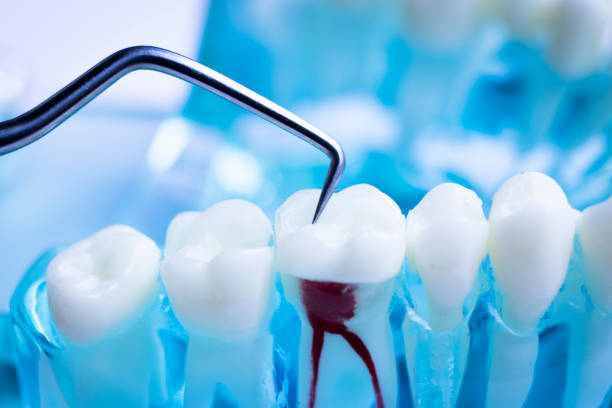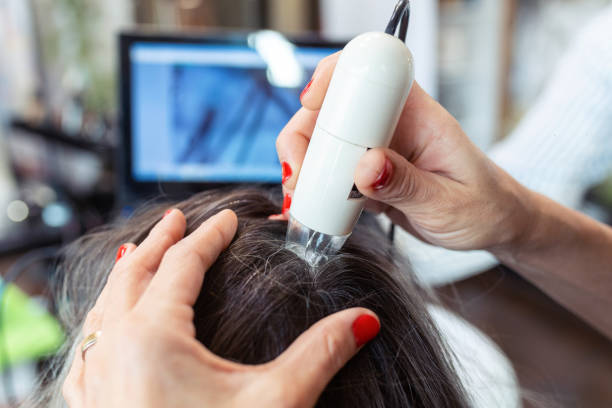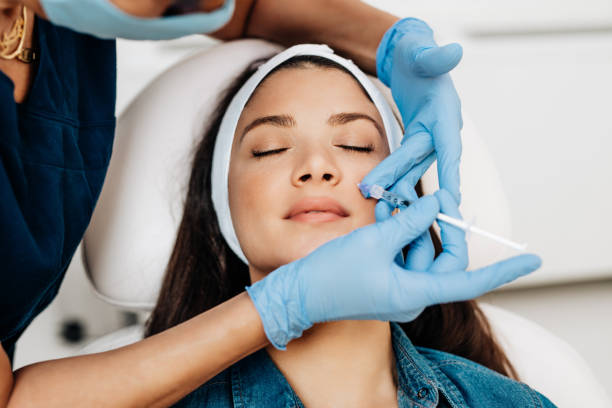 Social Media Content Packs – Stay Active Without Lifting a Finger!
Social Media Content Packs – Stay Active Without Lifting a Finger!
Dental Braces: A Comprehensive Guide to Achieving Your Perfect Smile
Written by salmaa ajaib » Updated on: June 17th, 2025

A confident smile is more than just a facial expression; it’s a key part of your overall health and well-being. Dental braces have long been the cornerstone of orthodontic treatment, helping millions of people achieve straighter teeth and healthier smiles. Whether you’re a teenager starting your orthodontic journey or an adult considering braces, understanding the different types, benefits, and what to expect during treatment can help you make informed decisions. This blog provides an in-depth look into dental braces, their types, benefits, and the treatment process.
What Are Dental Braces?
Dental braces are orthodontic devices designed to correct a variety of dental issues such as crooked teeth, overcrowded teeth, gaps, and misaligned bites. They function by applying continuous pressure over time to move teeth into the desired positions. The main components of traditional braces include:
Brackets: Small squares bonded to the front of each tooth using a special adhesive.
Archwires: Thin metal wires that run through the brackets and guide the movement of the teeth.
Elastics: Small rubber bands that apply additional pressure to aid in the alignment process.
Types of Dental Braces
Orthodontics has evolved significantly, offering a variety of braces to meet different needs and preferences:
Metal Braces: Made from high-grade stainless steel, metal braces are the most common type. Modern metal braces are smaller, more comfortable, and more efficient than those of the past. They are highly effective for correcting complex dental issues.
Ceramic Braces: These function similarly to metal braces but use clear or tooth-colored ceramic brackets, making them less noticeable. Ceramic braces are a popular choice for those who want a more discreet option without sacrificing effectiveness.
Lingual Braces: Attached to the back of the teeth, lingual braces are completely hidden from view. They are custom-made for each patient and offer a great solution for those concerned about the aesthetics of traditional braces.
Invisalign: Invisalign involves a series of clear, removable plastic aligners that are virtually invisible. These aligners are custom-made to fit snugly over the teeth and are replaced every two weeks to gradually move the teeth into their desired position. Invisalign is particularly popular among adults and is best suited for less severe orthodontic issues.

Benefits of Dental Braces
The benefits of dental braces go beyond just a straighter smile:
Improved Oral Health: Straighter teeth are easier to clean, reducing the risk of cavities, gum disease, and other oral health issues.
Enhanced Functionality: Correcting bite issues can improve chewing, speaking, and overall dental function.
Prevention of Future Problems: Properly aligned teeth can prevent jaw pain, uneven tooth wear, and other complications.
Boosted Self-Esteem: A straight, beautiful smile can significantly enhance your confidence and self-image.
The Treatment Process
Initial Consultation: The journey begins with a comprehensive evaluation by an orthodontist, which includes a physical examination, X-rays, and dental impressions. The orthodontist will discuss your treatment options and create a personalized plan.
Application: During the fitting appointment, your orthodontist will clean your teeth and apply the brackets using a special adhesive. The archwire is then threaded through the brackets, and elastics are attached if necessary.
Adjustment Period: The first few days with braces can be uncomfortable as your mouth adjusts. Over-the-counter pain relievers and orthodontic wax can help alleviate discomfort.
Regular Adjustments: You will need to visit the orthodontist every 4-8 weeks for adjustments. These visits involve tightening the archwire and possibly changing elastics to ensure continuous pressure on the teeth.
Oral Hygiene: Maintaining excellent oral hygiene is crucial during orthodontic treatment. Brushing and flossing around braces can be challenging but is essential to prevent decay and gum disease. Special tools like interdental brushes and water flossers can be helpful.
Dietary Considerations: Certain foods can damage braces, so it’s important to avoid hard, sticky, or chewy foods. Instead, opt for softer options and cut food into smaller pieces to protect your braces.
Completion and Retention: Once your teeth have moved into the desired position, the braces will be removed. To prevent them from shifting back, you’ll need to wear a retainer as instructed by your orthodontist. Retainers can be removable or fixed and are crucial for maintaining your new smile.
Conclusion
Embarking on the journey with dental braces is a significant step toward better oral health and a more confident smile. With various options available, there’s a solution for everyone, regardless of age or the complexity of the orthodontic issue. Understanding the types, benefits, and process of dental braces allows you to approach this transformative journey with confidence and clarity. Remember, the temporary inconvenience of braces leads to a lifetime of benefits, making it a worthwhile investment in your overall well-being.
Note: IndiBlogHub features both user-submitted and editorial content. We do not verify third-party contributions. Read our Disclaimer and Privacy Policyfor details.
Copyright © 2019-2025 IndiBlogHub.com. All rights reserved. Hosted on DigitalOcean for fast, reliable performance.















